Vertical farming costs are an important factor to take into consideration for everyone who is interested in entering the controlled environment agriculture landscape. Vertical agriculture provides a sustainable solution to the problem of growing urban populations and decreasing arable land; nonetheless, it is vital to have a solid awareness of the financial landscape.
The primary elements that have an impact on the costs of vertical farming are broken down in this guide. These elements include the cost of vertical farming per square foot, the cost of vertical farming per acre, and how these parameters compare to the costs of traditional farming. In order to make informed decisions, companies and investors might benefit from gaining an understanding of this vertical farming cost breakdown.
Understanding Vertical Farming Expenses: A Comprehensive Breakdown
Initial Setup and Infrastructure Costs
One of the most major aspects of the costs associated with vertical farming is the initial setup, which includes the installation of infrastructure such as shelves, lighting, and climate control systems. Vertical farming normally has a cost per square foot that runs from $ 50 to $150, depending on the level of technological sophistication.
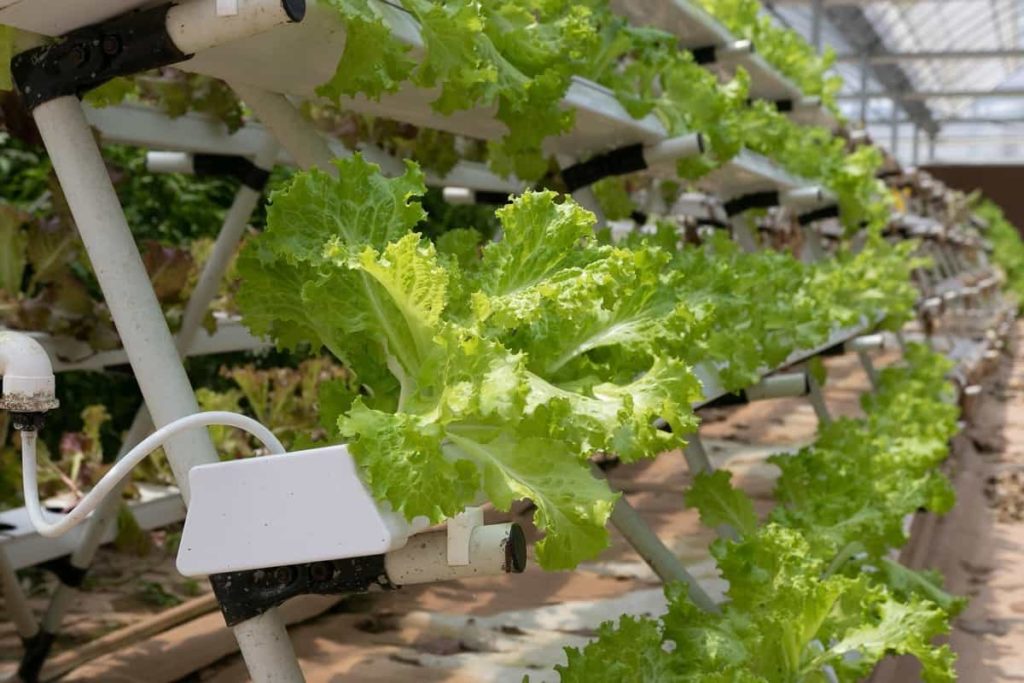
Therefore, modular designs and phased expenditures are essential for managing the cost of vertical farming per acre. Scaling to an acre can multiply these expenses for larger operations, which is why modular designs are so important.
| Component | Cost Range ($) | Importance |
|---|---|---|
| Shelves | 10-50/sq ft | Maximizes vertical space |
| Lighting Systems | 5-30/sq ft | Essential for photosynthesis |
| Climate Control | 20-60/sq ft | Maintains optimal conditions |
| Irrigation Systems | 5-20/sq ft | Reduces water wastage |
| Modular Designs | 10-40/sq ft | Allows phased expansion |
Energy Consumption: The Largest Ongoing Expense
In vertical farming, the most significant operating expenses are those related to energy. It is especially important for large facilities to have water pumps, LED lighting, and HVAC systems that demand a significant amount of power.
As a result of the fact that these costs may be reduced over time by switching to energy-efficient LEDs and renewable energy sources such as solar panels, energy management has become a key point for the efficiency of cost optimization.
| Energy Component | Cost Range ($) | Efficiency Impact |
|---|---|---|
| LED Lighting | 0.05-0.10/kWh | 50% more efficient than HPS |
| HVAC Systems | 0.10-0.20/kWh | Critical for crop health |
| Water Pumps | 0.02-0.05/kWh | Minimal energy usage |
| Renewable Energy | 10,000-50,000 | Reduces carbon footprint |
Labor Costs in Vertical Farming: Automation vs. Manual Work
Costs associated with labor are variable and are affected by the degree of automation. Even while automated systems cut down on labor costs over the long term, the initial installation of these systems can be quite expensive.
Businesses that are just getting started often combine manual labor for operations such as planting and harvesting with automated monitoring systems, adapting their approach to the restrictions of their budgets and the scale of their production.
| Labor Type | Cost Range ($) | Best For |
|---|---|---|
| Manual Labor | 10-25/hour | Small-scale farms |
| Automated Systems | 5,000-50,000 | Large-scale, tech-focused farms |
Technology Investments: Balancing Innovation and Affordability
The role of technology in vertical farming is worth considering. Streamlining operations with cutting-edge technology, such as climate control powered by artificial intelligence or sensors connected to the internet of things, can have a substantial impact on the costs of vertical farming.
As a result of the fact that many new entrants choose mid-tier solutions that provide reliability without exceeding budgetary constraints, it is clear that the adoption of intelligent technology does not necessarily necessitate premium investment.
| Technology | Cost Range ($) | Impact |
|---|---|---|
| IoT Sensors | 500-5,000 | Real-time monitoring |
| AI Climate Control | 2,000-20,000 | Optimizes resource use |
| Mid-Tier Solutions | 1,000-10,000 | Reliable, budget-friendly |
Water Usage and Recycling Systems
Vertical farming is characterized by its water efficiency; yet, the use of closed-loop irrigation systems results in an increase in the initial expenditures. These systems, which recycle up to 90 percent of water, save long-term utility bills and are in line with environmental goals.
They also offer a return on investment through the conservation of resources.
| System Type | Cost Range ($) | Water Savings |
|---|---|---|
| Closed-Loop Systems | 5,000-20,000 | Recycles up to 90% of water |
| Traditional Systems | 1,000-5,000 | Limited recycling capability |
Maintenance and Equipment Longevity
It is essential to do routine maintenance on lighting, heating, ventilation, and air conditioning (HVAC), and irrigation systems in order to avoid costly damages. It’s possible that durable equipment will have greater initial prices, but it will require less frequent replacement.
It is important to create a budget for annual maintenance in order to guarantee continuous performance and prevent unexpected increases in the costs of vertical farming.
| Equipment | Initial Cost ($) | Maintenance Frequency |
|---|---|---|
| Durable Lighting | 50-100/unit | Every 2-3 years |
| HVAC Systems | 2,000-10,000 | Annually |
| Irrigation Systems | 1,000-5,000 | Bi-annually |
Cost of Vertical Farming vs Traditional Farming: Key Comparisons
Vertical farming systems require larger initial investments than traditional farming methods, but they excel in terms of resource efficiency. This is a cost comparison between the two types of farming.
There are some advantages to traditional farming, such as cheaper starting expenses; however, there are also some disadvantages, such as seasonal constraints and increased water consumption.
| Farming Type | Initial Cost ($) | Resource Efficiency |
|---|---|---|
| Vertical Farming | 50-150/sq ft | High |
| Traditional Farming | 10-30/sq ft | Moderate |
Scaling Up: Economies of Scale in Vertical Farming
In order to lower their manufacturing costs per unit, larger enterprises are able to take use of economies of scale. Scaling, on the other hand, necessitates a substantial amount of capital for the expansion of infrastructure and automation.
It is necessary for new businesses to assess the possible danger of quick expansion against the possibility of reducing the cost of vertical farming per acre through the optimization of resource utilization.
| Scale | Cost Per Unit ($) | Capital Required |
|---|---|---|
| Small-Scale | 5-10/unit | 50,000-100,000 |
| Large-Scale | 1-3/unit | $500,000+ |
Location Impact on Operational Costs
Although urban sites are more convenient for accessing markets, they often come with higher rent and energy prices. Although rural regions may have lower overhead costs, they may have higher transportation costs.Assessing the location-based cost trade-offs is an essential step in the process of optimizing the costs of vertical farming.
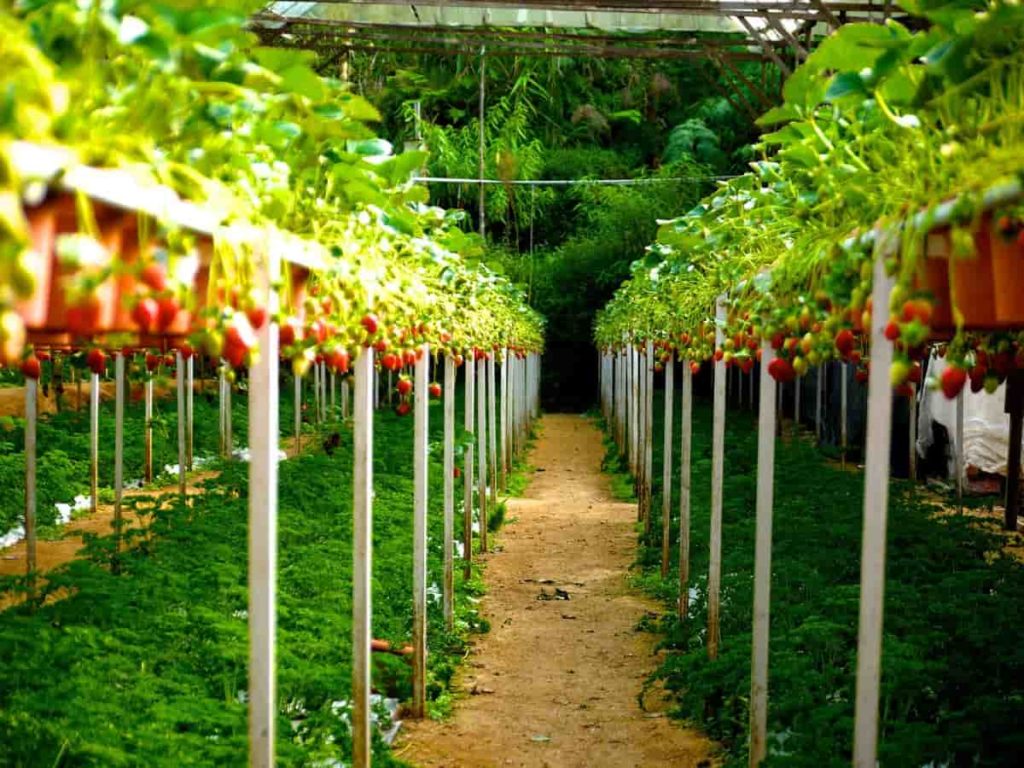
| Location | Rent Costs ($) | Transportation Costs |
|---|---|---|
| Urban | 20-50/sq ft | Low |
| Rural | 5-15/sq ft | High |
Lighting Systems: Evaluating LED vs. Traditional Options
When it comes to vertical farming, LED lights are the gold standard because of their energy efficiency and the fact that their spectra may be customized.
In spite of the fact that their initial cost is more than that of conventional lighting, the fact that they have a longer lifespan and consume less energy makes them a financially viable option for managing the cost per square foot of vertical farming.
| Lighting Type | Initial Cost ($) | Energy Efficiency |
|---|---|---|
| LED | 5-30/sq ft | High |
| Traditional | 1-10/sq ft | Low |
Climate Control: Heating, Cooling, and Humidity Management
In order to keep growing conditions at their ideal level throughout the year, robust climate control systems are required. These systems, particularly in conditions that are too harsh, are a significant contributor to the cost of energy bills.
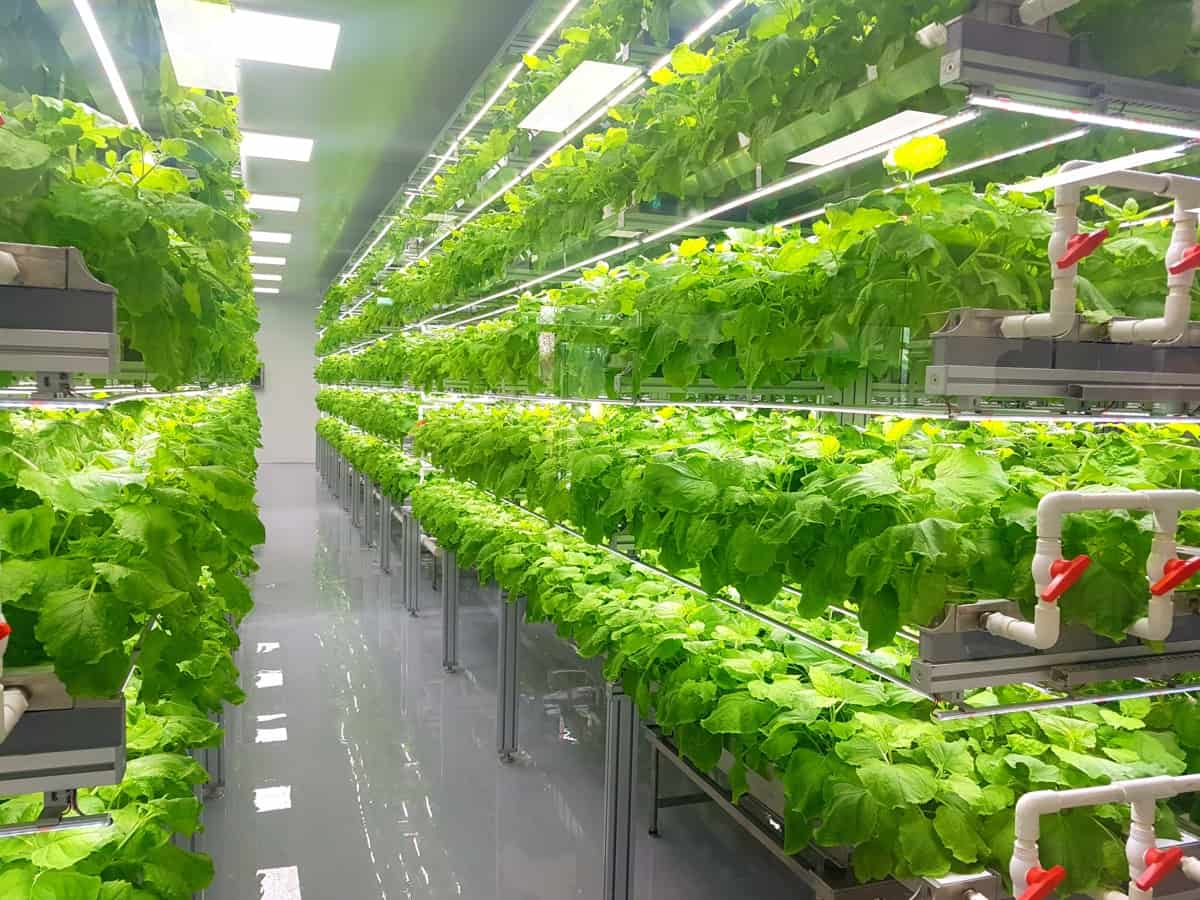
Increasing energy efficiency and maintaining cost stability can be accomplished through investments in insulation and smart thermostats.
| System | Cost Range ($) | Energy Savings |
|---|---|---|
| Smart Thermostats | 200-500/unit | 10-20% |
| Insulation | 1,000-5,000 | Reduces heating/cooling needs |
Automation Software and Data Analytics
Tools that automate the monitoring of crop health and environmental factors lower the amount of human error and the expenses associated with labor.
The use of data analytics platforms offers insights into resource optimization, which assists farms in refining their operations in order to reduce the costs of vertical farming over time.
| Tool | Cost Range ($) | Benefit |
|---|---|---|
| Automation Software | 1,000-10,000 | Reduces labor costs |
| Data Analytics | 500-5,000 | Improves resource efficiency |
Hidden Costs: Permits, Insurance, and Compliance
In the process of budget planning, licenses, insurance, and compliance with agricultural standards are frequently neglected. These hidden costs differ from region to region and ought to be incorporated into financial predictions in order to prevent unpleasant shocks.
| Hidden Cost | Cost Range ($) | Region Variability |
|---|---|---|
| Permits | 500-5,000 | High |
| Insurance | 1,000-10,000 | Moderate |
Return on Investment (ROI) Timelines
Farming in a vertical fashion If the operations are managed effectively, it is possible to return the costs within three to five years. ROI is dependent on a number of factors, including agricultural productivity, market demand, and cost-cutting efforts.
For the purpose of aligning expectations with realistic timescales, investors should model several possibilities.
| Factor | Impact on ROI | Timeline |
|---|---|---|
| Productivity | High | 3-5 years |
| Market Demand | Moderate | 4-6 years |
Sustainability Incentives and Grants
There are grants and tax incentives available from many organizations and governments to encourage sustainable agriculture. Taking advantage of these programs can help offset the costs associated with vertical farming, particularly for environmentally friendly technology such as water recycling systems and installations of renewable energy sources.
| Incentive Type | Value (($) | Eligibility |
|---|---|---|
| Grants | 5,000-50,000 | Sustainable practices |
| Tax Credits | 10-30% of costs | Renewable energy installations |
Conclusion
In order to successfully navigate the costs of vertical farming, it is necessary to strike a balance between innovation, scalability, and commercial realism. It is possible for stakeholders to maximize their investments by doing an analysis of metrics such as the cost of vertical farming per square foot and the cost of vertical farming per acre, as well as by comparing the costs of vertical farming to those of traditional farming.
Vertical farming can be transformed from a high-cost venture into a sustainable and successful operation by strategic planning that focuses on energy efficiency, automation, and crop selection. A comprehensive comprehension of the vertical farming cost breakdown will continue to be crucial for achieving success in the business as it continues to develop.

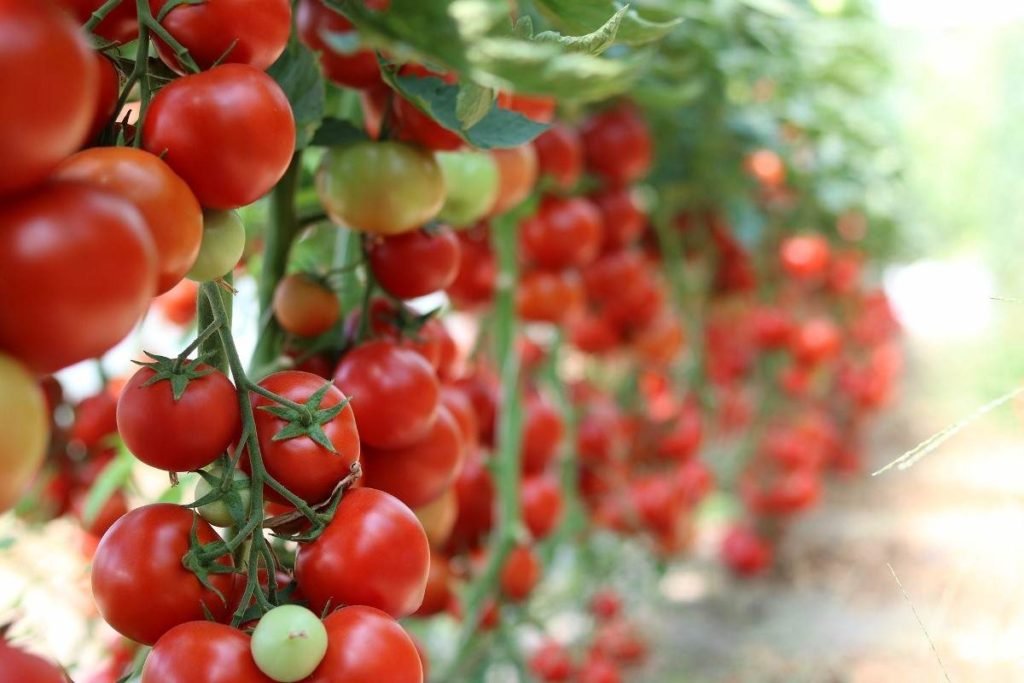

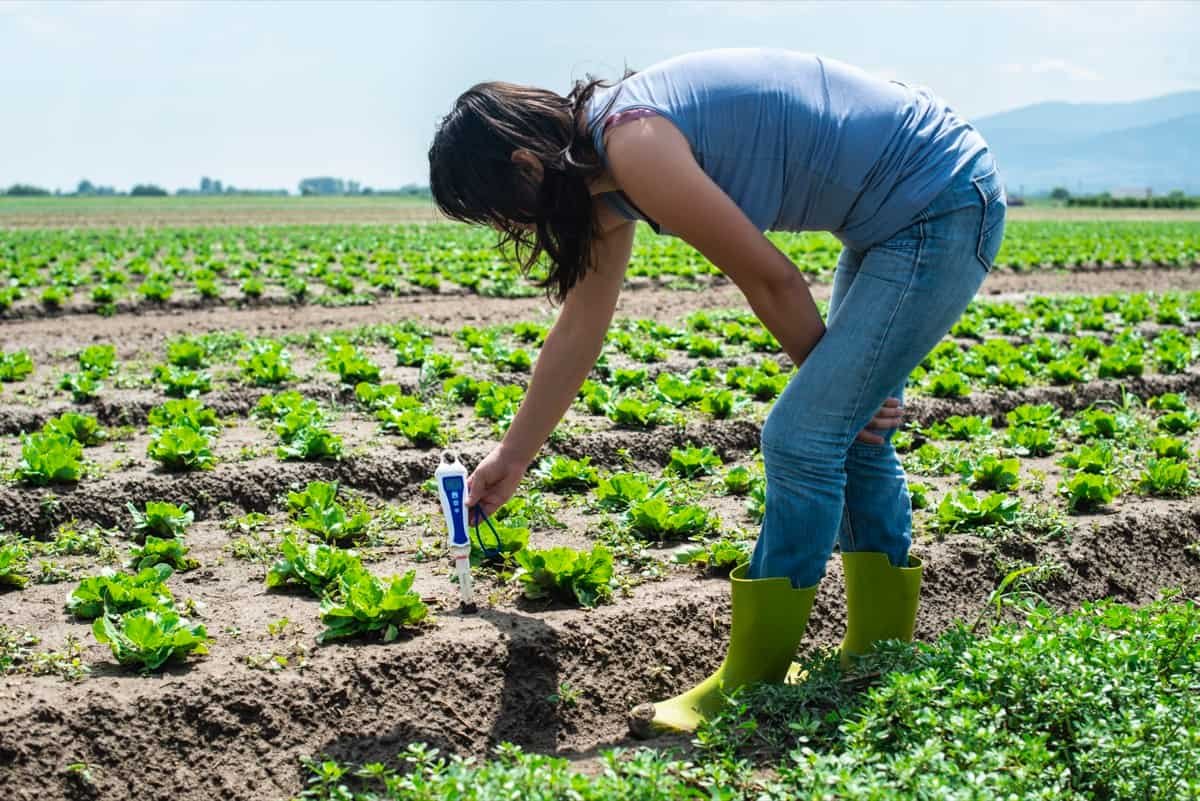
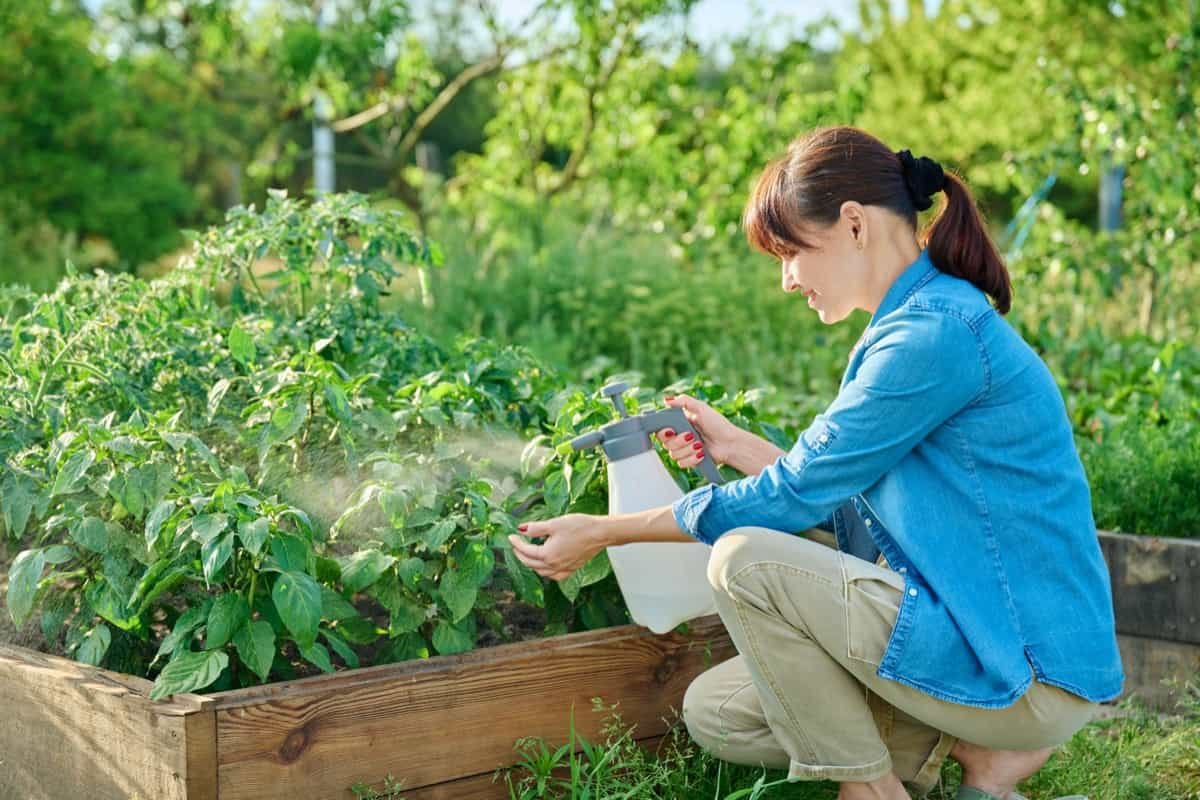



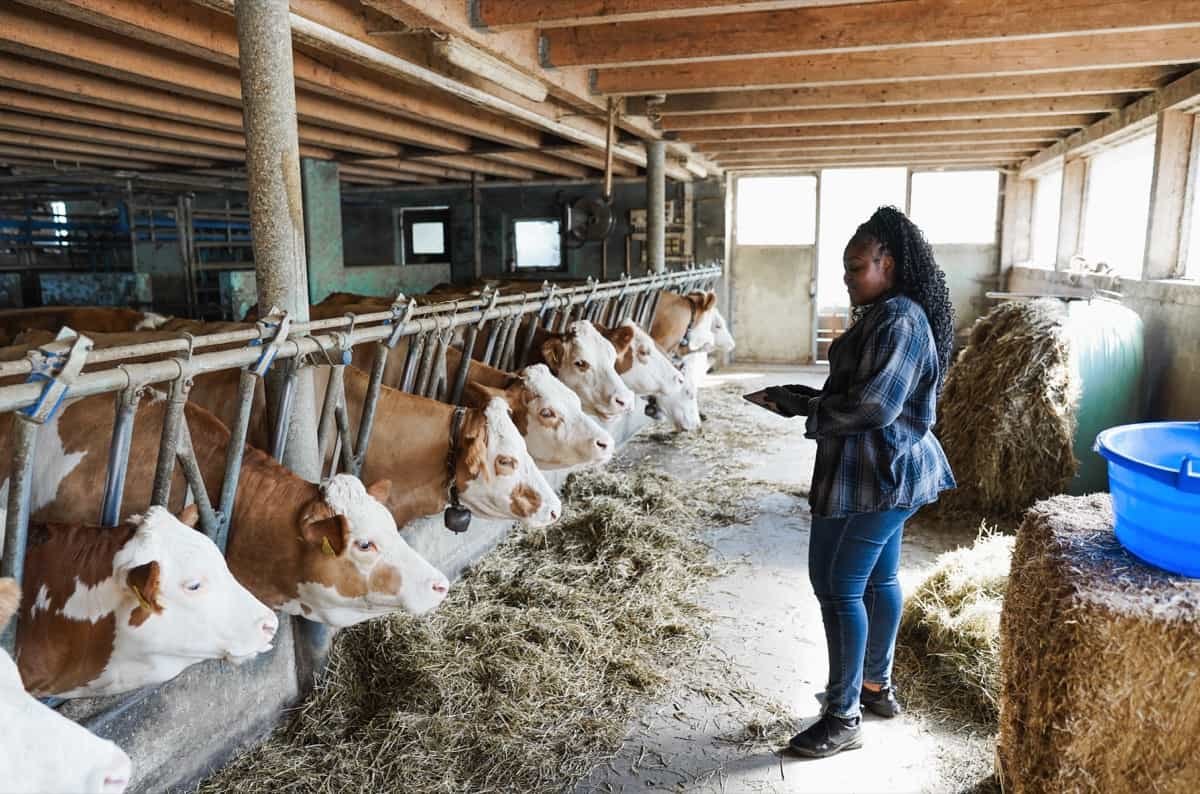



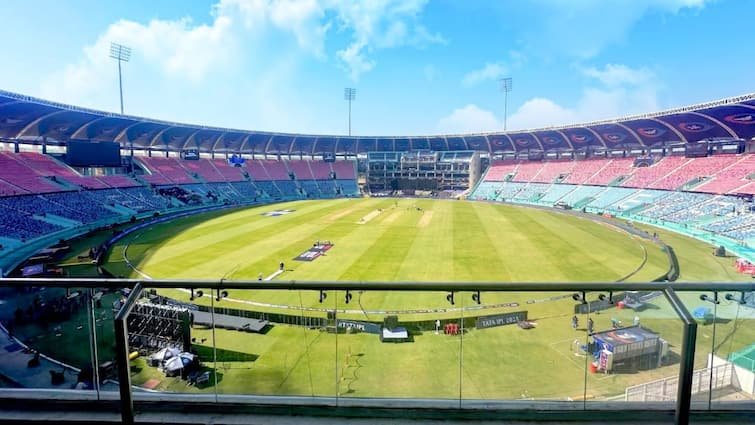

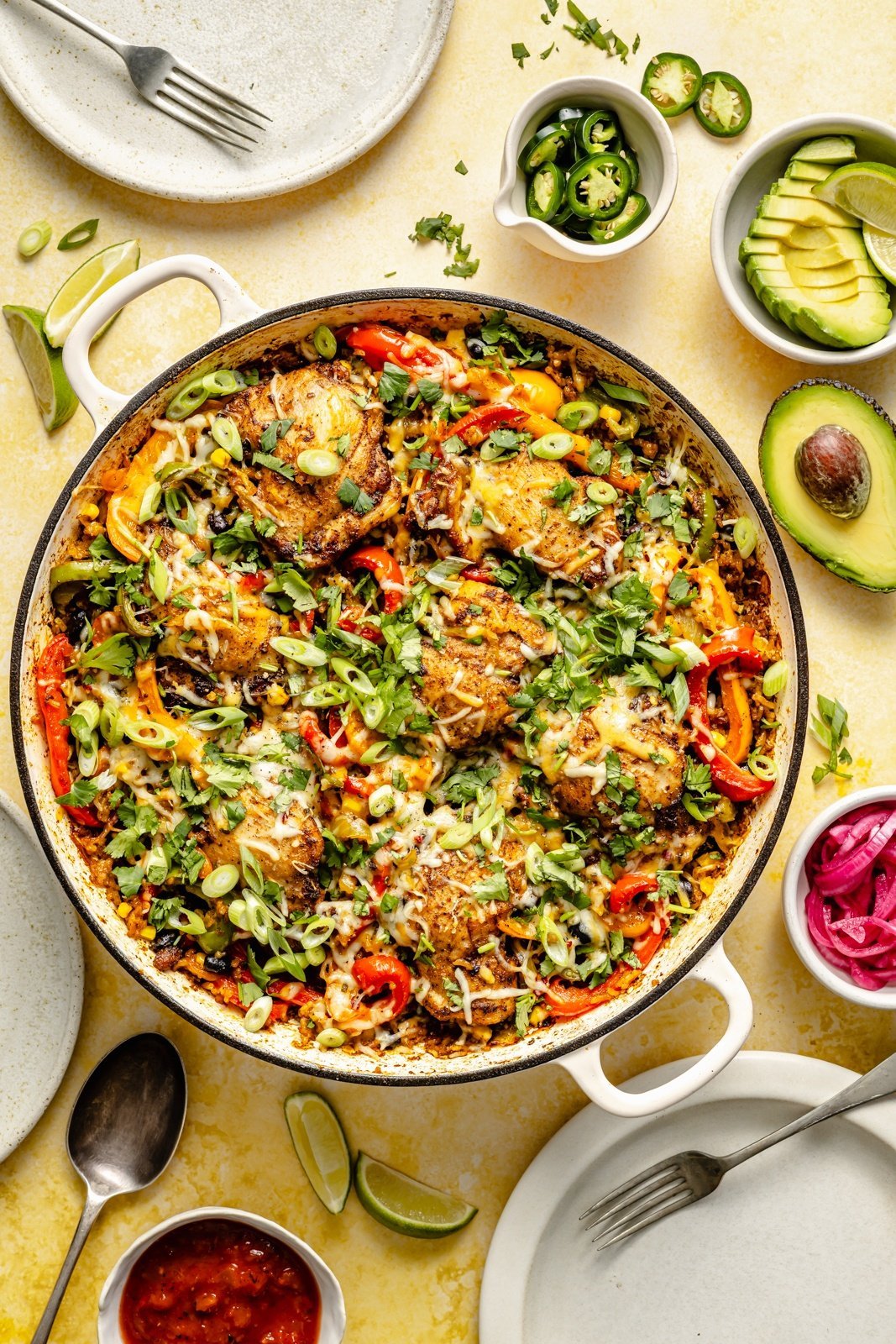
Leave a Reply